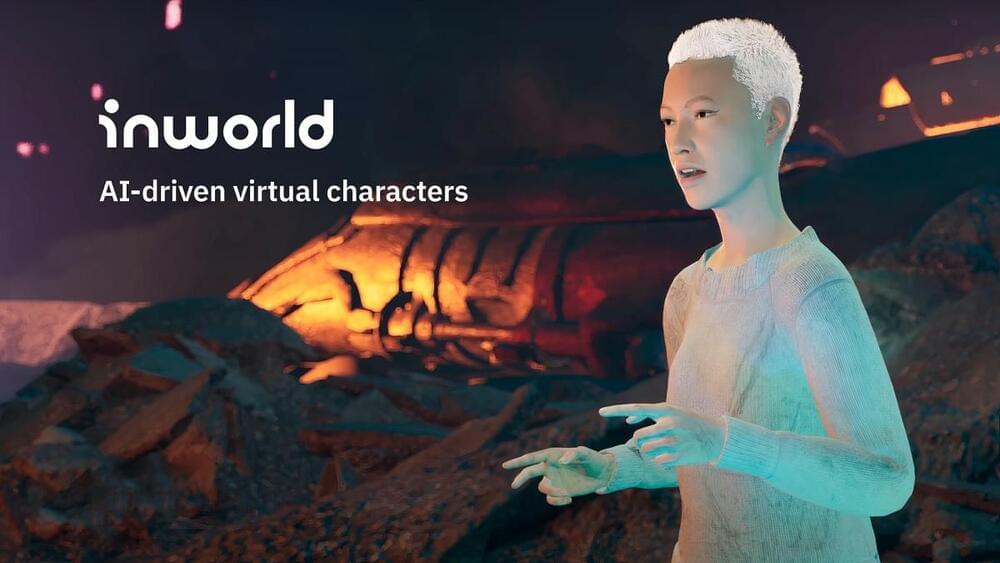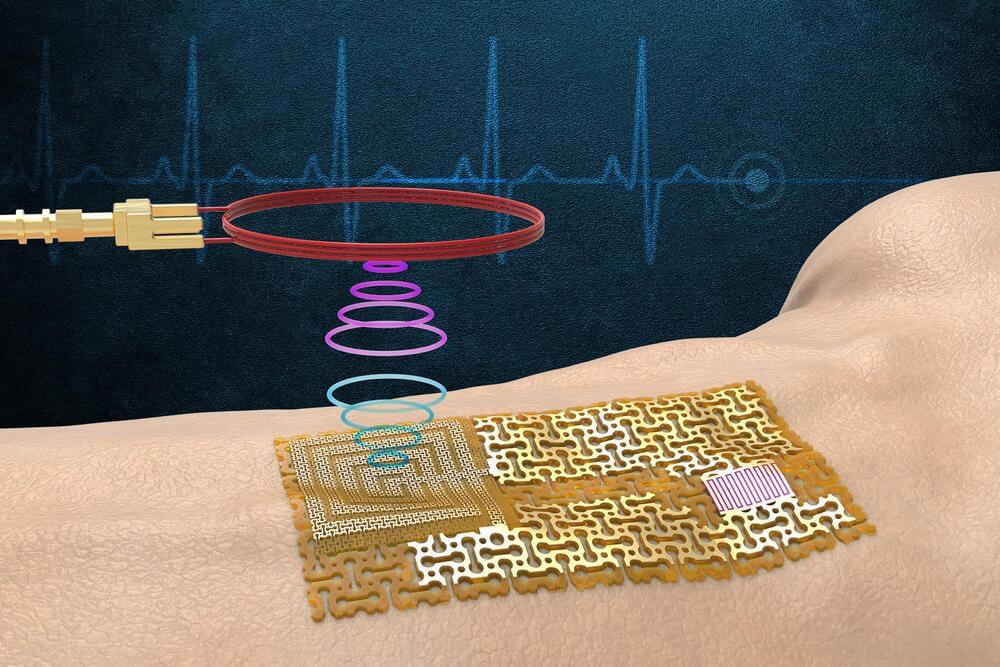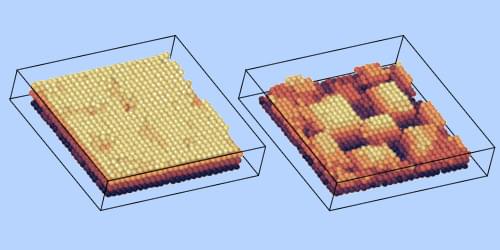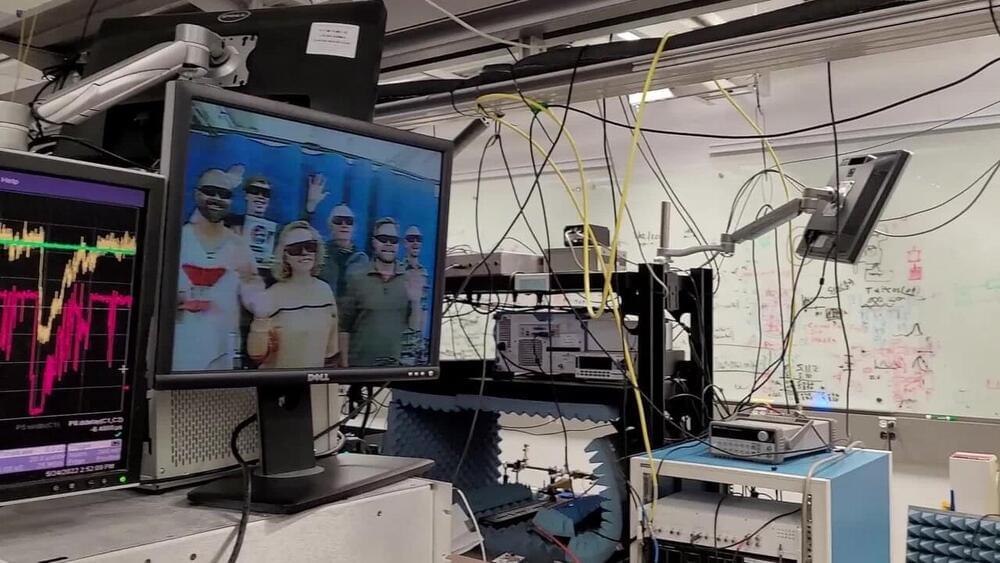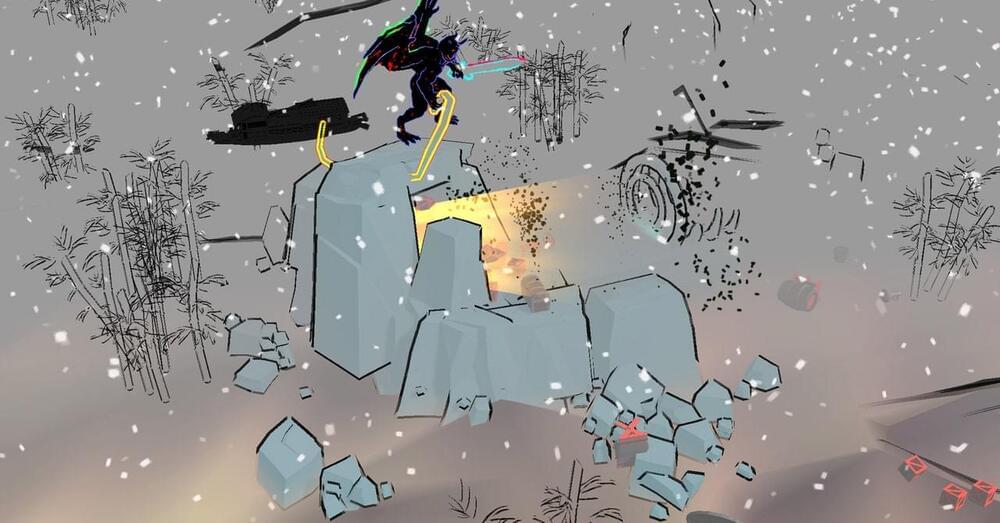Interested in learning what’s next for the gaming industry? Join gaming executives to discuss emerging parts of the industry this October at GamesBeat Summit Next. Register today.
Inworld AI has raised $50 million for its developer platform for creating AI-driven virtual characters in video games and the metaverse.
The firm raised the money in March and is announcing it now. It also hired special effects and entertainment pioneer John Gaeta as its chief creative officer. The company’s idea is to populate games with smarter computer-controlled characters so that players can have longer conversations with them and feel like the world is much more immersive.
